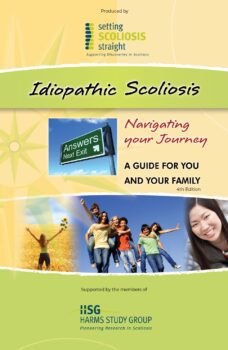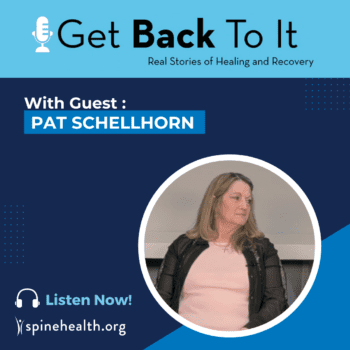Arthritis of the spine is most often “osteo-arthritis,” which is a degenerative condition. The word Arthritis is derived from the two greek words arthro– joints, and itis– inflammation. Ultimately, this means inflammation of joints.
Arthritis develops over time, simply from the breakdown of the body from everyday activities. Many older people develop arthritis of the spine, but there are ways to prevent or manage the condition well. Every condition is a journey and we encourage you to take the first step to finding wellness again.
High impact activities and certain kinds of trauma to the body can make arthritis worse in the spine. Things like smoking and other unhealthy habits can also contribute to faster degeneration.
Treatment for Arthritis of the Spine
Arthritis of the spine usually presents pain or stiffness, like most other kinds of arthritis. Often, it’s worse in morning or at night — and movement of the body can really help relieve pain.
There are many treatments, including physical therapy, anti-inflammatory medications, and others. Sometimes, treatments for arthritis of the spine can include injections or surgery, but every person’s case is different.
What Causes It?
Inflammation is the key reason someone experiences this condition. Just like other joints, the supportive structures break down as a response. These structures include intervertebral discs, ligaments in front and behind the vertebrae, and two facet joints in the back of the vertebrae.
When just one structure is not working correctly, stress is put upon other structures not meant to support that area and breakdown begins. The breakdown ultimately decreases the space between vertebrae and narrows the space in which nerves exit the spine. This leads to more joints rubbing together and causing pain, irritation and more inflammation.
Symptoms to Look For
Spinal arthritis can occur without symptoms, but that’s not always the case. Some of the noticeable symptoms include pain, stiffness, muscle aches, and more. Since symptoms are often worse in the morning, finding a pattern of movement early in the day can help relieve them. If pain is located in the neck, it can also cause headaches or radiate out to nerves in the limbs. Lower in the spine, pain can cause pain in the chest and low back.
Low-impact exercise like Pilates, heat therapy, physical therapy, anti-inflammatories, steroids, and others may be helpful when symptoms flare. Maintaining a healthy lifestyle with a well-balanced diet will also help in this situation. Be sure to speak with your doctor about the best plan for you.



